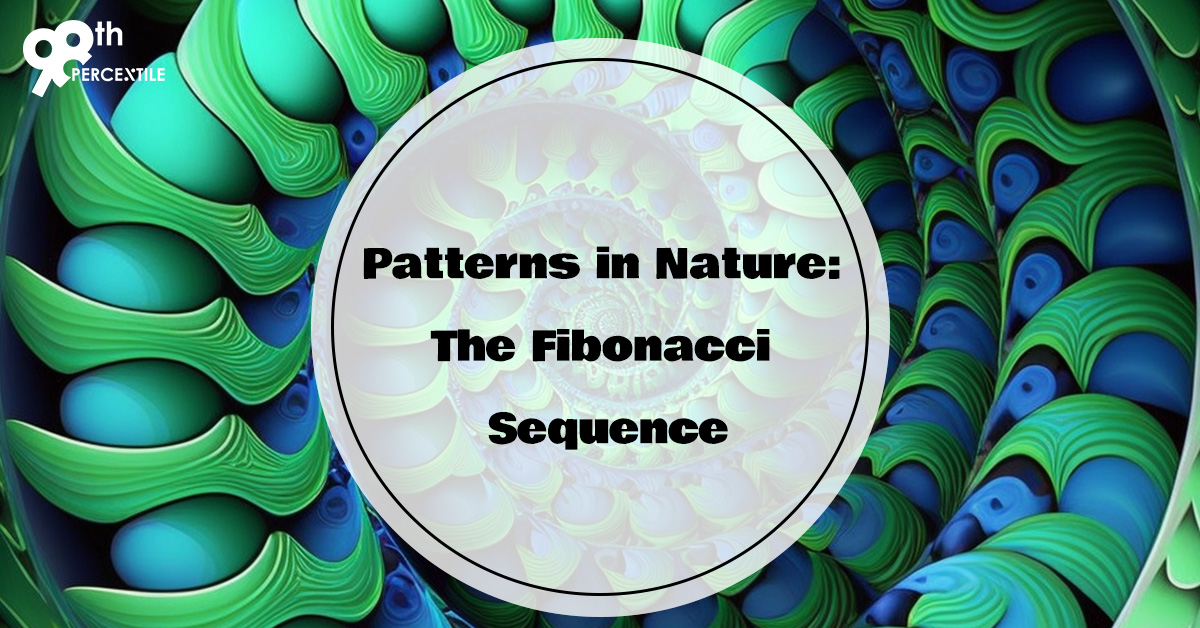As an expert painter, nature adorns the world with complex patterns that appeal to our senses. The Fibonacci sequence is among the most captivating patterns seen in nature. Numerous elements of nature exhibit this mathematical wonder, including the spirals of galaxies and the arrangement of leaves on stems. We'll examine the intriguing Fibonacci sequence phenomena in this blog post, along with three outstanding instances of this pattern in action.
Start Solving FREE Math Problems Today!
A Brief Overview of The Fibonacci Sequence
Let's become familiar with the Fibonacci sequence before delving into the natural world. This mathematical series begins with 0 and 1, with each subsequent number being the sum of the two preceding ones. Thus, the sequence is as follows: 0, 1, 1, 2, 3, 5, 8, 13, 21, 34, and so forth. This sequence's simplicity is what makes it so beautiful, but its uses in nature are incredibly intricate.
It can be expressed formally as:
F(n) = F(n-1) + F(n-2), with F(0) = 0 and F(1) = 1.
Ex 1: Floral Petal Arrangement
Take a moment to observe the petals of a flower, such as a daisy or a sunflower. You'll often find that the number of petals follows a Fibonacci number. For example, sunflowers usually have 55 or 89 petals, yet many daisies have only 21 or 34. These figures belong to the sequence of Fibonacci numbers.
This arrangement fulfills a practical need in addition to being aesthetically beautiful. It guarantees the health and vitality of the flower by enabling each petal to get the ideal quantity of sunshine and nutrients.
Ex 2: Spirals of Pinecone
Another illustration of how nature follows the Fibonacci sequence is seen in pinecones. A close examination of a pinecone will reveal a clear spiral pattern created by the scales. When spirals are counted both clockwise and counterclockwise, two consecutive Fibonacci numbers are frequently found.
For instance, there may be eight spirals in one direction and thirteen in the other. The pinecone is able to pack seeds effectively and increase its potential for reproduction because of its adherence to the Fibonacci sequence.
Ex 3: Marine Creatures' Spiral Shells
The ocean is a treasure trove of natural wonders, and marine creatures exhibit the Fibonacci sequence in their own unique ways. Think about the cephalopod chambered nautilus, which has a unique spiral-shaped shell. There is often a Fibonacci pattern in the number of chambers in the shell.
As the nautilus grows, it adds new chambers to its shell in a spiral arrangement. Each chamber is slightly larger than the previous one, providing buoyancy and stability as the creature navigates the ocean depths.
The Mathematical Symphony of Nature
The Fibonacci sequence is more than just a mathematical curiosity; It is evidence of the melodic patterns interwoven throughout the natural world. This sequence is an essential component of the design found in everything from the delicate petals of flowers to the magnificent spirals of seashells. We comprehend the intricate better as we keep investigating and appreciating these patterns.
Book FREE Math Trial Classes Now!

 Students/Staff
Students/Staff Parents
Parents ElevatEd
ElevatEd



-Nov-18-2025-03-57-47-3267-AM.png?width=360&length=360&name=401x226%20(6)-Nov-18-2025-03-57-47-3267-AM.png)



-Jul-22-2025-03-16-52-8797-AM.png?width=360&length=360&name=401x226%20(6)-Jul-22-2025-03-16-52-8797-AM.png)






